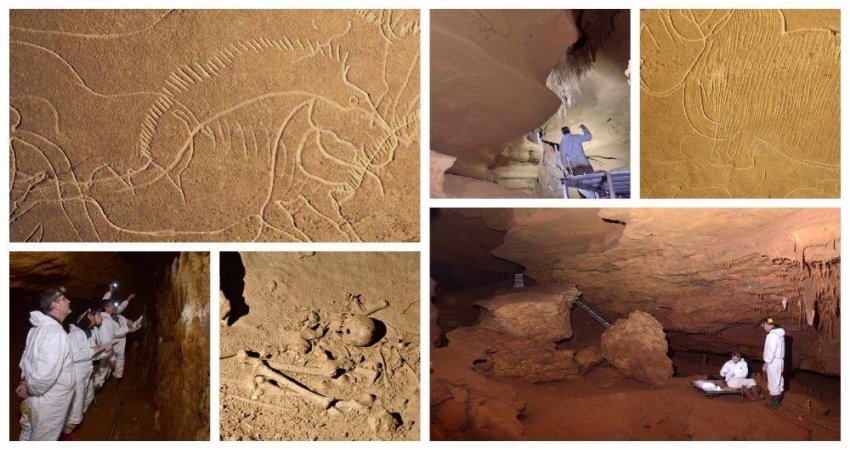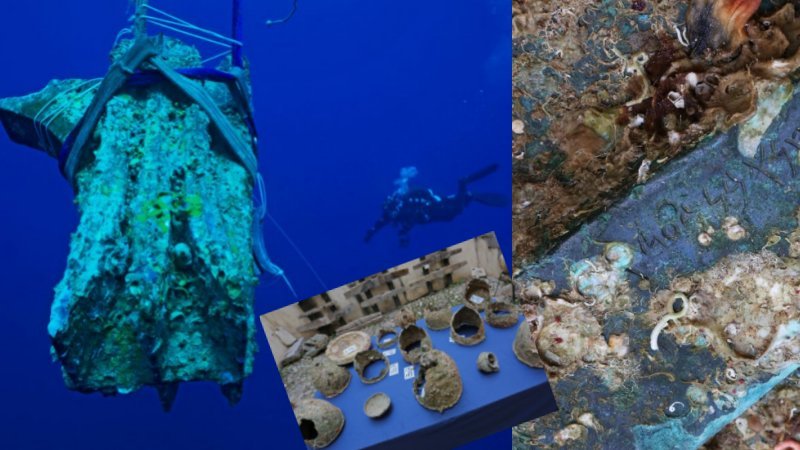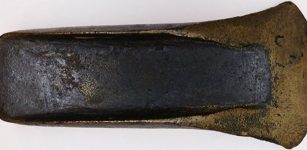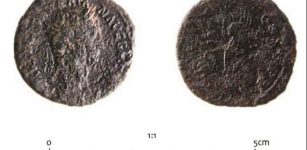Marble Head Of Roman Emperor Augustus Unearthed In Isernia, Italy
Conny Waters – MessageToEagle.com – A marble head of the Roman emperor Augustus was unearthed in the Italian town of Isernia, located in the region of Molise, a mountainous Italian region with a stretch of coastline on the Adriatic Sea.
The team of researchers led by archaeologist Francesca Giancola, made the discovery while excavating the ancient city walls. The buried head of the emperor was found relatively well-preserved according to the archaeological team. Some clearly visible damage to the head’s nose has been noticed.
Image credit: Archaeological Superintendence of Molise
Led by archaeologist Francesca Giancola, the team of researchers found the head on Thursday and the discovery was announced by the Archaeological Superintendency of Molise. Il Giornale del Molise writes that the Augustus head “bodes well for other and more important, historical finds” for a town that was conquered by the Romans in 295 BC In 90 BC, it was subsequently taken by the Samnites, an ancient people of southern Italy, and then fell back into Roman control.
According to the newspaper, this “important find testifies to the presence of imperial Rome on the territory of the ancient Latin colony of Aesernia, attesting to its great historical importance.
In the year 295 BC, Isernia fell into the hands of the Romans.
The location of the city proved to be strategically very important for the expansion of the city of Rome. Subsequently, during the social war that took place in 90 BC, the area was reoccupied by the Samnites after a long siege and became the capital of the Italic league. Finally, it fell at the end of the war and was returned to the Romans.
Image credit: Archaeological Superintendence of Molise
“In the following years, from the reign of Caesar to Nero, a repopulation plan started by sending Roman
colonists to the territories where earlier the Samnite city existed. At the time of Trajan, the city of Isernia obtained the rank of Town Hall.”
The first mention of Isernia in history dates to 295 BC, at which time it had already fallen into the hands of the Romans. After the complete subjugation of the Samnites, a colony, with Latin rights (colonia Latina) was settled there by the Romans in 264 BC the city, a key communication center between southern Italy and the inner Appennine Regions. As we mentioned earlier, Isernia had an important strategic location.
Then, this colony is once again mentioned in 209 BC as one of the eighteen which remained faithful to Rome at the most critical period of the Second Punic War (218–201 BC). In 90 BC, it was subsequently taken by the Samnites, an ancient people of southern Italy, and then fell back into Roman control. Isernia suffered severe damage in World War II but has been rebuilt.
See also: More Archaeology News
The recent archaeological find attests to a long and ancient history of the city and as officials from the Archaeological Superintendency of Molise said:
“Yes, it is really him, the emperor Augustus, found today during the excavation,” the Archaeological Superintendency of Molise wrote on social media. “Because behind the walls of a city, there are obviously the city and its history, which cannot be pierced with a concrete pile.”
Written by Conny Waters – MessageToEagle.com – AncientPages.com Staff Writer












